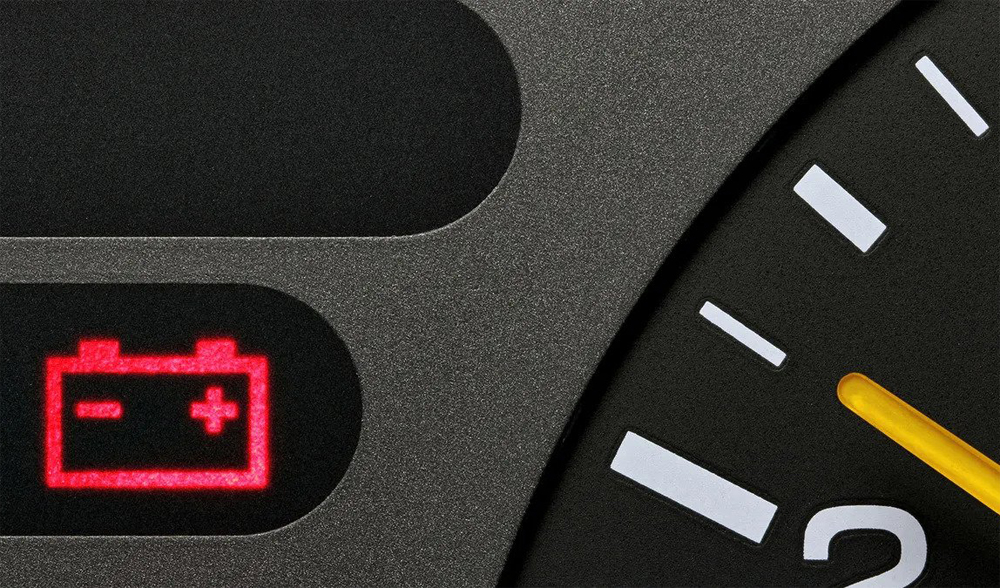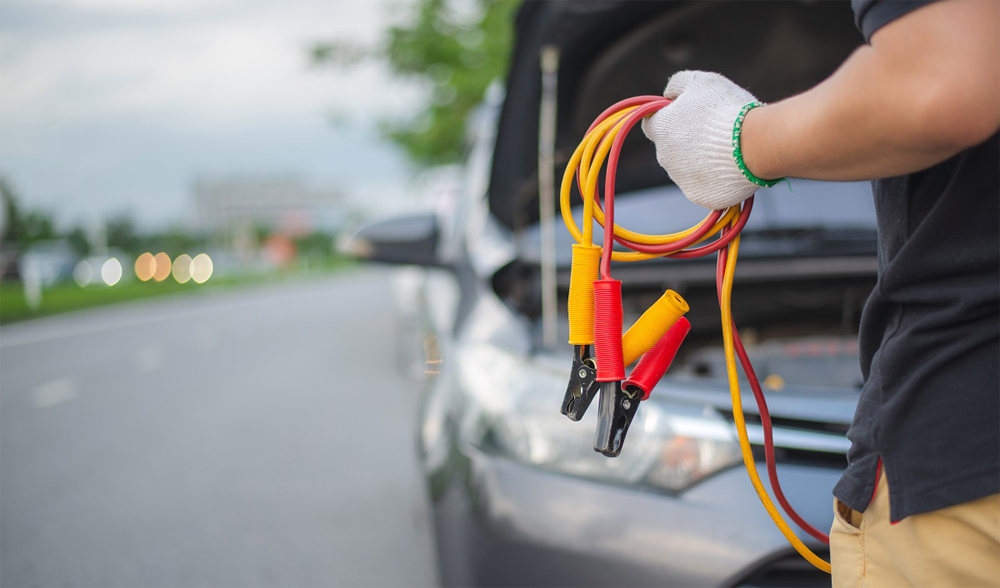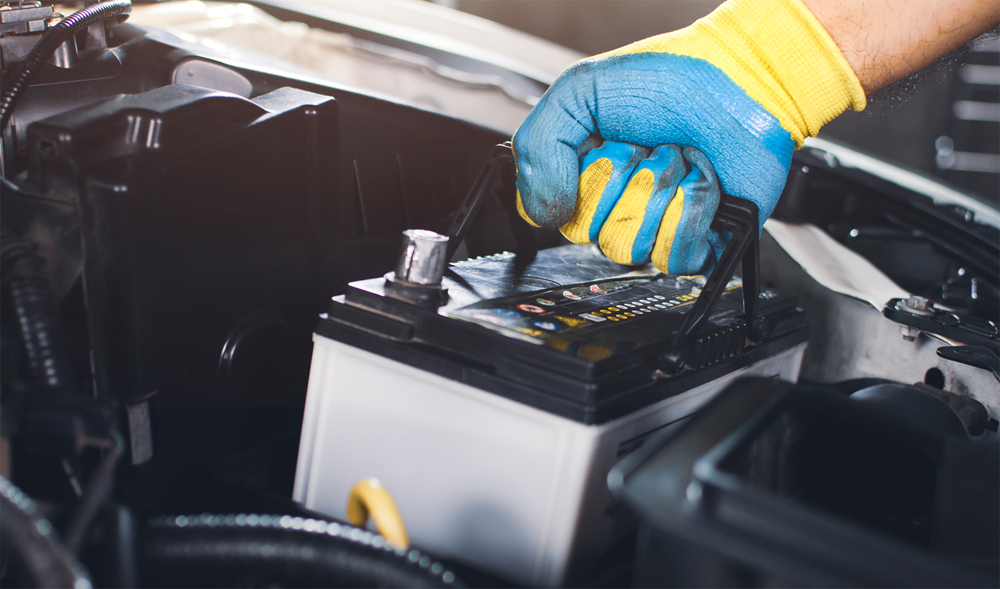Car batteries require consistent charging to maintain their health, which is typically achieved when driving your vehicle regularly with the help of the alternator. However, if you have a car that is not driven frequently, the battery may become discharged over time. In this article, we will explore the consequences of a discharged battery and provide tips on how to recharge it.

The Right Charging Voltage for a 12V Battery
The engine of most contemporary automobiles is started using 12-volt batteries, which are comprised of six distinct cells. Upon reaching full charge, each of these cells stores roughly 2.15 volts of energy. Thus, a vehicle battery is considered completely charged when it reaches approximately 12.6 volts.
A slight decrease in voltage can have a significant impact on your battery’s overall effectiveness. For example, a combined voltage of 12.1 volts implies that your battery is operating at just half of its full capacity. Once it falls to 11.8 volts, the battery is nearly depleted.
To Dead to Jump?
In the event that your car fails to start, the initial step is to attempt a jump start. There are a couple of ways to accomplish this: by utilizing jumper cables and a second automobile, or by employing a portable jump pack. It is important to note, however, that if your battery has been drained excessively, a jump start may not be feasible. If jump-starting your car does not succeed, it is probable that your battery is experiencing a condition known as sulfation.

Battery Sulfation
When a battery is permitted to discharge excessively, it will eventually reach a point where it cannot be revitalized and must be substituted. This is due to a phenomenon known as sulfation, in which small lead and sulfur-based sulfate crystals develop on the battery plates as a result of the lead-acid battery discharging. When the battery is recharged, this process is naturally reversed. However, if a battery is left discharged for an extended period, these soft sulfate deposits harden and become stable crystals that obstruct the flow of electrical current, ultimately leading to the battery’s demise.
Reverse Battery Sulfation: Is It Possible
Sulfation in a flooded lead-acid battery can be remedied if it is identified at an early stage. One method involves applying an overcharge to a fully charged battery, using a controlled current of approximately 200mA (milliAmps) for roughly 24 hours. This increases the battery’s terminal voltage by 2.50 to 2.66 volts per cell, aiding in the dissolution of sulfate crystals.
In cases where the battery is too drained to carry out the aforementioned procedure, there are chargers available specifically designed to revive severely discharged batteries. These devices operate by transmitting pulses to the battery terminals, effectively reversing the sulfation process. If you’re seeking a charger capable of restoring sulfated batteries, we recommend our Intelligent Pulse Repair Battery Charger which includes a Recovery mode for deeply discharged or sulfated batteries.
How Long Can a Dead Battery Still Be Recharged?
A vehicle battery left unused for approximately a month will begin to deteriorate. This process can be accelerated if the battery is stored in excessively hot or cold temperatures, or if there is an excessive parasitic drain on the battery. If you anticipate leaving your vehicle unused for a month or longer, it is recommended that you acquire a pulse repair battery charger. A pulse repair battery charger is automated chargers designed to keep your battery at its optimal charge level. They switch off once the battery is fully charged and switch back on when the charge level falls too low. This feature allows you to keep a battery connected to a pulse repair battery charger indefinitely without the risk of overcharging.

Necessary to Remove the Battery from the Vehicle
If you intend to store a vehicle for an entire season, it is advisable to remove the battery altogether. Place the battery in a battery box and store it in a dry, well-ventilated location with a consistent temperature ranging from 40℉ to 60℉. This practice will help prolong the battery’s lifespan.
Despite the fact that detaching the battery will decrease its self-discharge rate, it is recommended to monitor the battery’s charge level every month and charge it whenever it reaches a charge level of 70% or lower. Additionally, you can connect it to a pulse repair battery charger in the same manner you would if it were still attached to your vehicle.
Seek Help from Power1986
Have you ever had problems with your car or truck battery dying or failing to charge? Power1986 is here to provide you with professional assistance. Contact Us and tell us more about your battery problems and demands so we can recommend the optimal solution for you.
